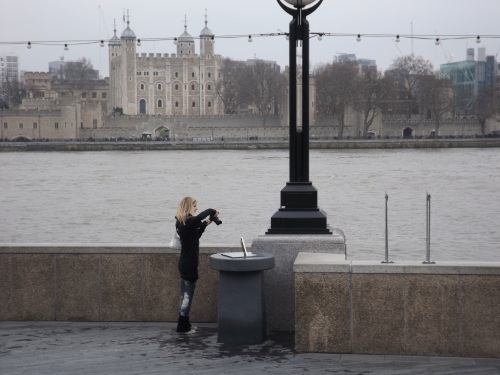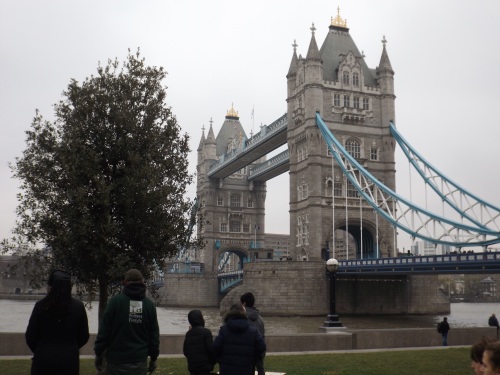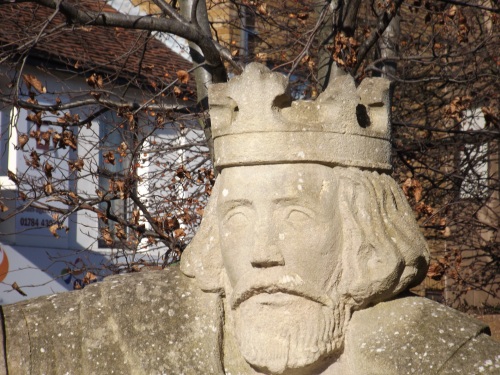
This spring is a best time to walk the Thames Path on Runnymede near Egham for this summer there will be a growing focus on Magna Carta 800.
The document was agreed by King John and his discontented barons at Runnymede in 1215. It is taken as the start of the rule of law and the later foundation for the USA constitution.
On the morning of Monday 15 June this summer the Queen will be at Runnymede with representatives of not only the USA but other countries including India which look to Magna Carta as a guideline for the rule of law.
The River Thames, mentioned in the document, is not just the backdrop to the 800th anniversary of Magna Carta events but the road linking key places involved the story.
In Wallingford the big year was 2013 for that was the 800th anniversary of an early meeting between the hated King John and the barons.
Appropriately, in the 18th century the town became the home of jurist Sir William Blackstone who published the first study of the charter.
If now in 2015 we look back in real time we see the King and barons negotiating at the Temple on the north bank of the Thames in London.
Sometimes John moved downstream to the Tower of London.
Another centre of activity was the new official residence of the Archbishop of Canterbury, Lambeth Palace. There Archbishop Stephen Langton was the vital link in bringing the two sides together.
He was at Runnymede on Monday 15 June 1215 when King John arrived from nearby Windsor Castle to assent to demands for freedom from arbitrary rule.
The barons were camped on similar lammas ground on the west side of Staines. They are thought to have moved west early in the morning to Ankerwycke Priory on the north bank opposite Runnymede.
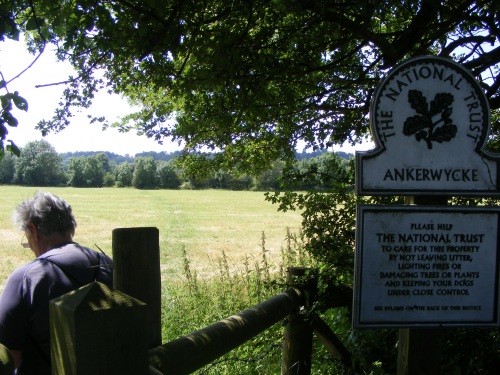
This is not surprising for Lord de Mountfitchet, one of the barons, was lord of the manor of Wraysbury and his father had founded the Benedictine Priory. Mountfitchet probably introduced the other 24 barons to the prioress and sisters.
Did some attend Mass there on what they hoped would be a crucial day in the struggle for freedom? Did they have breakfast at the priory?
Today, for the first time in decades thanks to the National Trust and its volunteers, it is again possible to stand on the Runnymede riverbank in Surrey and see the remains of the priory buildings across the water in Buckinghamshire. JM Turner stood there in 1811 to sketch the original clear view.
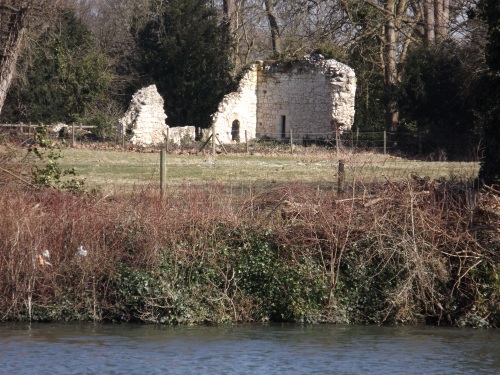
The King’s assent on Monday 15 June to his seal being later affixed to Magna Carta was probably signified when he kissed the Archbishop.
The document reads “given by our hand in the meadow that is called Runnymede, between Windsor and Staines”.
But the actual spot is unknown. The stone erected by the American Bar Association is on rising ground at the foot of Cooper’s Hill.
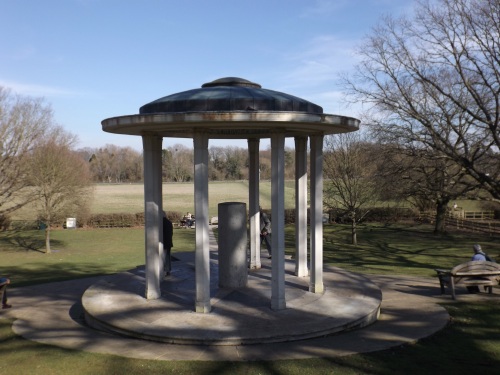
Many claim that the barons did not ride cross the river at the end of Wraysbury’s Magna Carta Lane but welcomed the King to Ankerwycke where the already ancient Ankerwycke Yew, pre-dating Christ, offered a special spot for a solemn act.
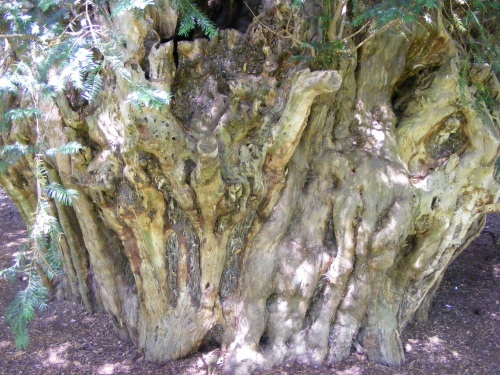
Another alternative is Magna Carta Island which is now hardly discernible near the north bank a few yards upstream. The gap from the Wraysbury bank is now too narrow to be navigable. A house, complete with a ‘charter room’, was built on the west end by Magna Carta Lane in 1834.
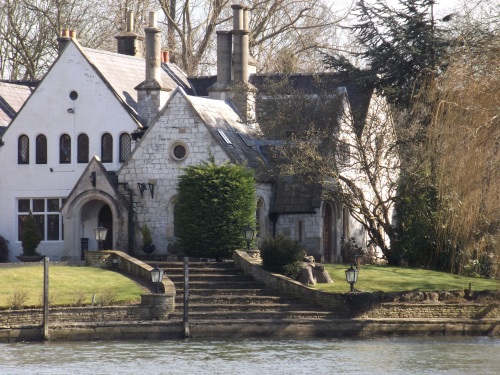
It has been suggested that the King based himself for an hour or so on Runnymede whilst the barons were at Ankerwycke Priory. The ‘neutral’ ground for formal agreement was the island.
The north bank or island may have been a better proposition since in June 1215 Runnymede, owned by downstream Chertsey Abbey, was a meadow with tall grass having not been grazed since early February. The barons were there for a further five days until Friday and would have needed feeding so the overcrowded priory offered handy facilities.
Egham, to the south east of Runnymede, claims to be ‘historic’ and home of Magna Carta. The High street has a statue and a fountain. But there is no evidence that King John or any the barons ever visited.
However, Egham did play a crucial role in saving the historic meadow for us.
In 1921 there were plans to sell the ground for bungalows. Albert Tranter, vicar of Egham, joined lawyer Helen Normanton and the Marquess of Lincolnshire to form the Magna Carta Society. The vicar threatened any auctioneer attempting to sell the historic site with being thrown into the Thames and as a result the Minister of Agriculture intervened to halt the sale.
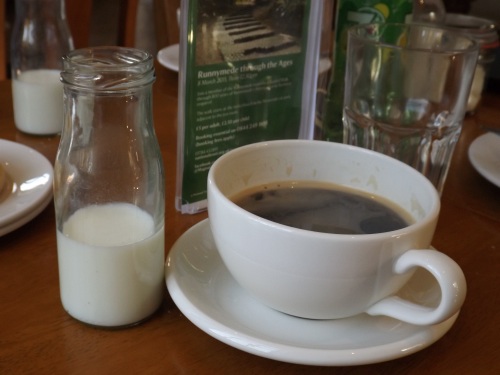
The National Trust Magna Carta Tearoom makes a good end to the walk out of Egham. To find a bus stop for the 71 to return to Egham Station continue upstream to the nearby Bells of Ouseley.
Ankerwycke Priory and Yew, now also in the care of the NT, can be reached from Wraysbury Station. The village is planning celebrations for eve of Magna Carta Day.


